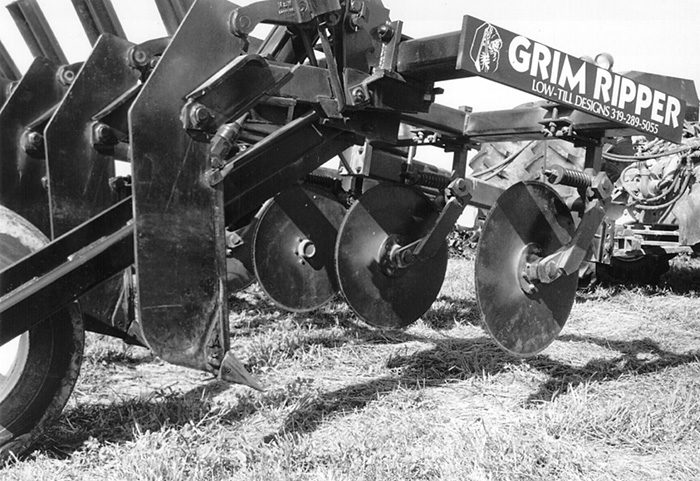No-Till Farmer
Get full access NOW to the most comprehensive, powerful and easy-to-use online resource for no-tillage practices. Just one good idea will pay for your subscription hundreds of times over.

When it comes to no-till corn concerns, Dean Holst is convinced the real problem is strictly one of attitude and perception.
“The perception is that farmers will get less yield with no-tilled corn,” says the Le Claire, Iowa, no-till veteran. “That’s simply not true.”
When Holst switched to no-tilling corn and soybeans in 1989, he did so to get away from applying anhydrous ammonia.
“We decided we could put all of our nitrogen on with the corn planter and that is how we we decided to start no-tilling,” he says. “Importantly, we’ve made it work.”
Count down the five major reasons that Holst no-tills more than 1,000 acres of corn each year.
“Anything, including up to F and G slopes, work well with no-till in our farming operation,” says Holst. “We certainly use no-till residue to full advantage, but root structure is what really counts in reducing costly erosion.
“If the crop’s root structure is intact, you can solve your erosion concerns. Keep this single point in mind and you can definitely make no-till work.”
When Holst started with no-till in 1989, he had 800 acres of crops. “During each of the past two years, we’ve no-tilled more than 4,700 acres with our no-till planters,” he explains. “Our increase in acreage is all due to making the decision to go to no-till and then making it work.
“We could not crop this many acres without no-till. The amount of equipment it would take us to do…